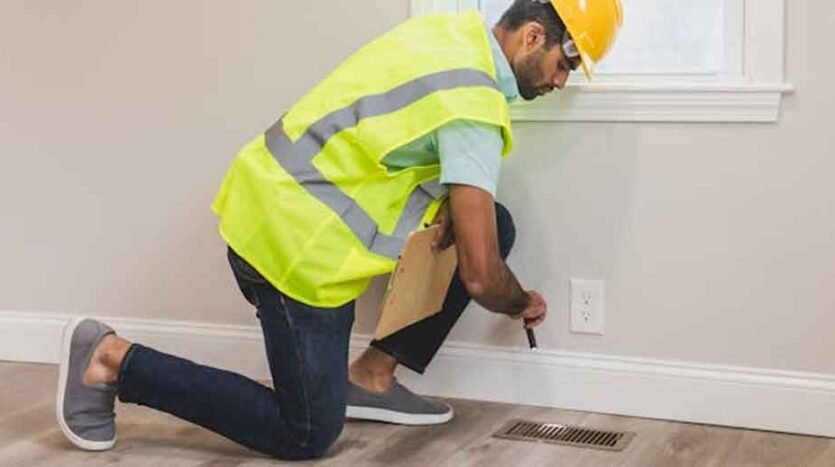The Real Cost of Poor Ventilation in UK Homes
That constant battle with steamed-up windows every morning is more than just an annoyance. It’s a tell-tale sign that your home is struggling to breathe and lacks vial airflow. When a house can’t get rid of stale, moist air, the problems start to stack up, hitting both your wallet and your wellbeing. Many British homes, especially older properties, were not built with modern airflow in mind, leading to a build-up of moisture that has to go somewhere.
The air inside your home carries moisture from everyday activities like cooking, showering, and even just breathing. Without good ventilation, this humid air gets trapped. It then condenses on cold surfaces, most commonly windows, external walls, and in corners where airflow is poor. This is what feeds the dreaded black mould you might find creeping up the walls or behind furniture. Simple solutions like installing trickle vents in your window frames can offer a constant, low-level air exchange to help prevent this.
The Financial Drain of Damp
The costs associated with poor ventilation can quickly spiral. You might start by noticing peeling wallpaper or flaking paint in the bathroom or that one cold corner of the bedroom. Repainting becomes a regular chore, not a one-off job. The damp can also cause wooden skirting boards and window frames to rot, requiring expensive replacement. Many people buy a dehumidifier to tackle the symptoms, but the running costs add up on your electricity bill, without ever fixing the root cause of the problem. Your heating bills can also feel inflated because damp air takes more energy to heat than dry air, meaning your boiler works harder for less comfort.
The Impact on Your Health
Living in a poorly ventilated home affects more than just your property. The damp environment is a breeding ground for mould spores and dust mites, which are common triggers for respiratory issues. You might find yourself dealing with a persistent cough, wheezing, or worsening asthma symptoms. The stale, stuffy air can also lead to headaches, lethargy, and disrupted sleep, leaving you feeling tired and run down. That musty smell in the spare room or wardrobe isn’t just unpleasant, it’s a sign of an unhealthy indoor environment that your body has to deal with day in and day out.
Simple Steps for Fresher Air
Improving your home’s airflow doesn’t always mean a major project. Getting into the habit of opening windows for just 15 minutes each day can make a huge difference by flushing out stale, moist air. Always use your extractor fans when cooking on the hob or after a shower, and leave them running for a little while afterwards to clear the steam properly. Making sure air bricks aren’t blocked and that there is a gap under internal doors also helps air circulate from room to room, preventing moisture from becoming trapped in one area.


